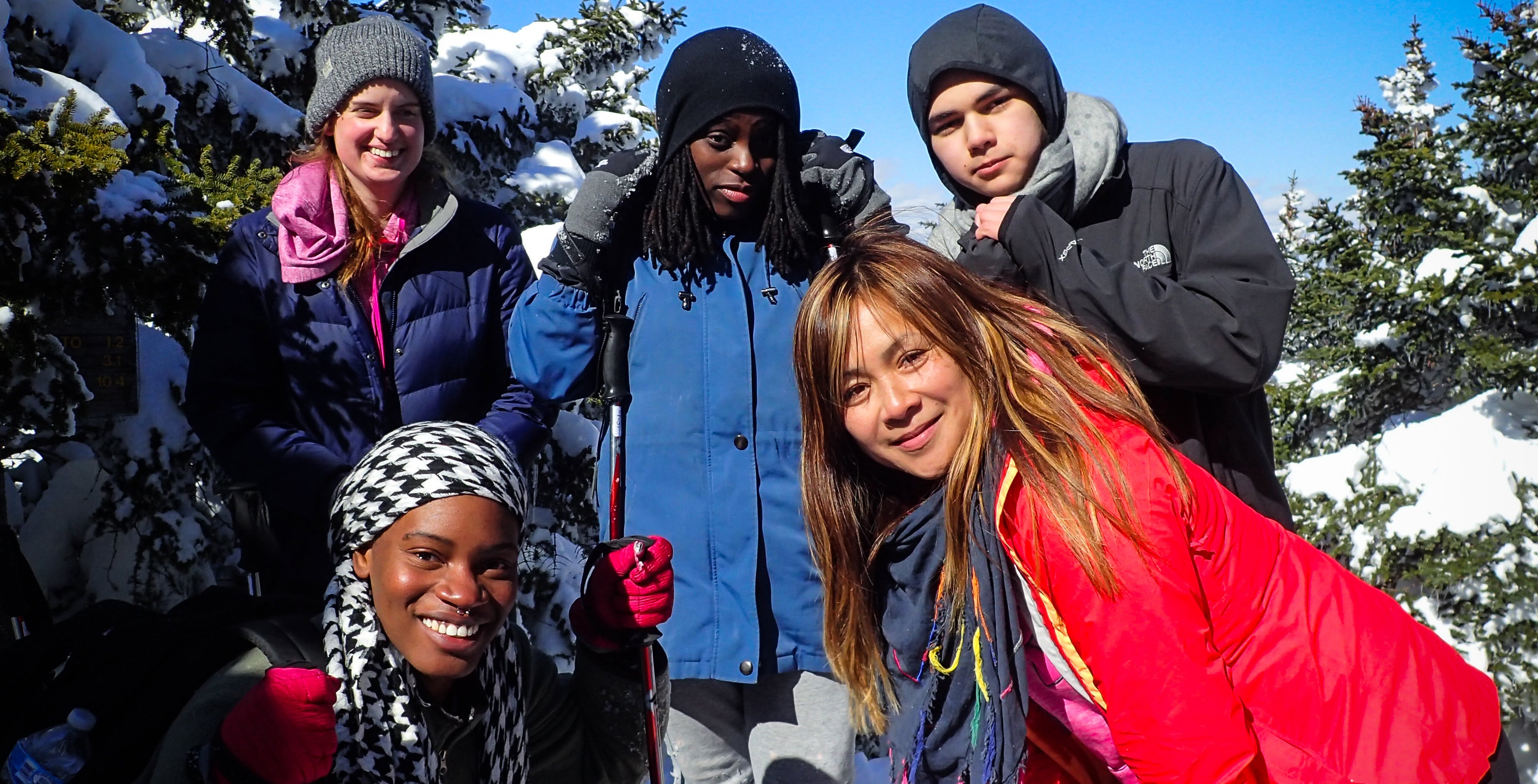Origin Stories: Mount Wittenberg Trail
By Will Soter and Jessica Tackett
Traversing the spruce fir forests and dense hemlock groves of Mount Wittenberg, it might be hard to imagine that just a century ago this very mountain had been stripped to the bone with hardly a hemlock in sight. By the end of the 19th century, the mountain was so barren, forest fires plagued the area for decades. So how did this come to pass and why is the mountain once again so beloved by hikers in the Catskills? A brief look into the history of Mount Wittenberg and the surrounding area provides a peek into the impact humans can have on the landscape.
The Phoenix Tannery
In the mid-1800s, one of the most prominent industries in the Catskills was tanning. The town of Shandaken (a stone’s throw from Phoenicia) had seven tanneries and a population under 4,000 people. The Phoenix Tanner, after which Phoenicia is named, was owned by James A. Simpson. In fact, at the time Terrace Mountain was called Simpson’s Plateau. When his tannery first opened, Simpson owned about 6000 acres of hemlock in the Catskills, which reached up to 20,000 acres at certain points during it’s operation. And he needed a way to access it.
The Trail
In 1851, Simpson built a bark road that extended to the 2975’ point on Wittenberg. The road was used to gather hemlock bark, which was used in the tanning process. By the 1870s, the tanneries had burned through so much hemlock that they put themselves out of business. The tanneries closed, and they had to look for a new way to put their land in the Catskills to use. They chose the hotel industry. In the 1880s, every mountaintop along the Ulster and Delaware railroads was evaluated as potential hotel land. Simpson extended his bark road to the summit of Wittenberg. The dreams were never realized, and the tanneries and hotels faded from the Catskills, but the trail did not.
John Burroughs Hikes the Trail

 In July 1884, John Burroughs, an American naturalist who wrote frequently of his native Catskills, spent the night on the Wittenberg on an aborted bushwhack to Slide Mountain from Weaver Hollow. He climbed the mountain again in June 1885 and this time mentions the “rude lookout” tower built atop Slide Mountain in 1880 by Jim Dutcher, another former tanner who did end up building a hotel in the Catskills. A tower briefly existed on Wittenberg as well, most likely built by the Simpson family or boarding house proprietors in the Woodland Valley, but by 1910 it was gone.
In July 1884, John Burroughs, an American naturalist who wrote frequently of his native Catskills, spent the night on the Wittenberg on an aborted bushwhack to Slide Mountain from Weaver Hollow. He climbed the mountain again in June 1885 and this time mentions the “rude lookout” tower built atop Slide Mountain in 1880 by Jim Dutcher, another former tanner who did end up building a hotel in the Catskills. A tower briefly existed on Wittenberg as well, most likely built by the Simpson family or boarding house proprietors in the Woodland Valley, but by 1910 it was gone.
Terrace Mountain Burns
In the 1890s, Terrace Mountain burned several times as a result of the tannery deforestation. The old bark road once used to gather hemlock was now likely used to try and save them. The road provided access to fight the fires. After a decade of brutal fires, New York State reforested two badly burned sites on Terrace Mountain with one thousand Norway Spuce seedlings. But as always, the Catskills had her own way. by 1970 half of the Norway spruce had died and the area was overspread by native hardwoods.
The Old Trail Today
In 1903 the Wittenberg trail was extended to Cornell and Slide and in 1935 the Terrace Mountain lean-to was build. In 1976, the trailhead was relocated to improve the potential to complete a Wittenberg-Cornell-Slide loop hike. The lean-to was rebuilt in 1987 and the trail has remained one of Catskills enthusiasts’ favorites. While a challenge, the summit of Mount Wittenberg offers some of the best views in the Catskills. The trail has everything you could hope for, starting with an old growth forest in the valley, maturing sugar maple forest, gnarly rock scrambles, a magical spruce fir forest near the top, and a chance for a dip in a woodland valley creek to finish the day.
This Saturday, May 23, we'll avoid the crowds on the typical tail and instead follow in the footsteps of John Burroughs up the historic bark road to Mount Wittenberg. We’re now offering a 30% discount for Memorial Day with code Wittenberg!



